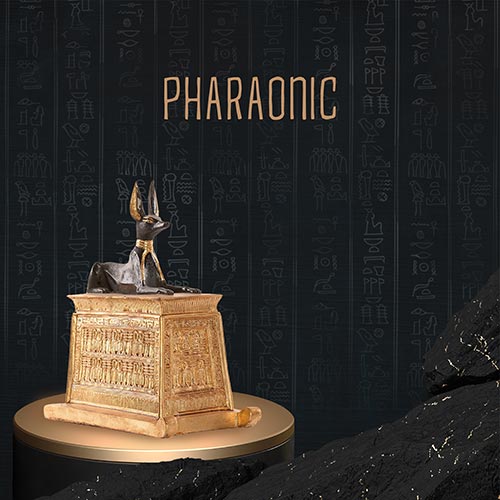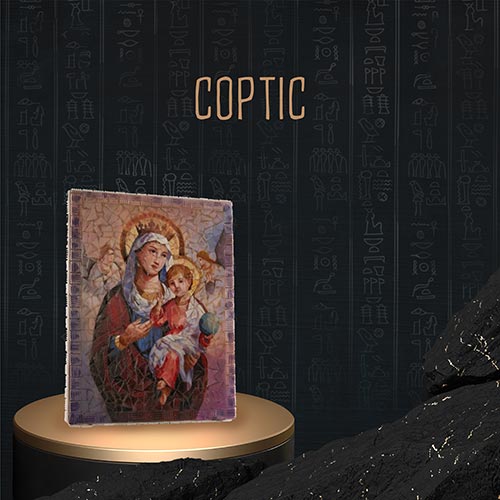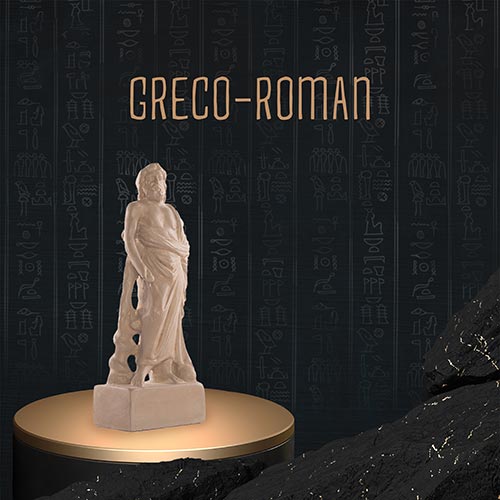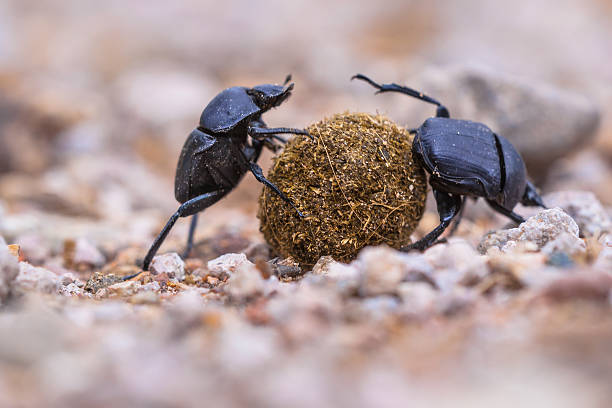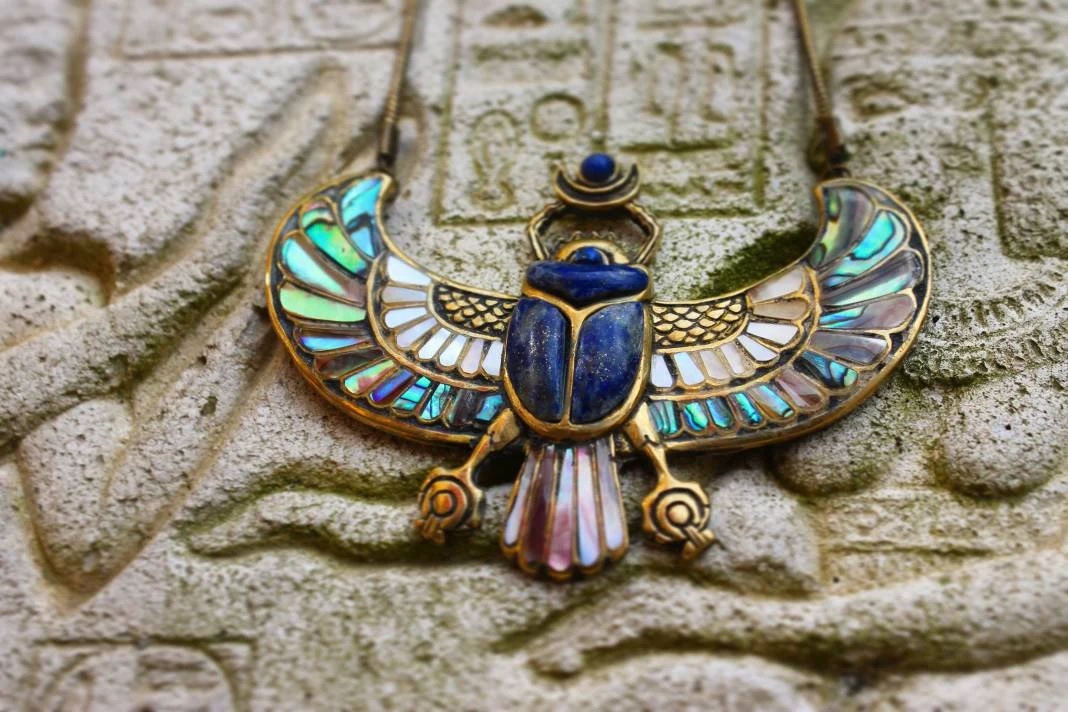
The scarab beetle was held in a place of great profundity in ancient Egypt, ranging from everyday life into the spiritual. Scarabs, formed in the image of the dung beetle, symbolized important notions for the Egyptians, including creation, rebirth, and protection. Because the scarab rolled the dung into balls, which symbolically brought life from waste, it was associated with the journey of the sun across the sky and with the eternal cycle of life. The mystic relation of the beetle to the elevation of life made the scarab a sacred sign in Egyptian culture.
The scarab beetle symbolizes both death and rebirth. Its actions—rolling dung—were seen as a mirror of the sun god Ra moving the sun across the heavens. This imagery embodied the Egyptian belief in the cycle of life, death, and resurrection.
Scarab Protective Powers
In addition to its symbolic role, the scarab was also thought to possess protective powers. Egyptians wore scarab amulets as talismans, trusting in the magical properties these beetles possessed and believing they would protect them from evil forces both in life and after death. These amulets were popular in life but also had crucial variants, such as the golden scarab and the blue scarab, which were equally important in death, often being placed in tombs or wrapped within mummies' bandages to guarantee the safe journey of the deceased into the afterlife .
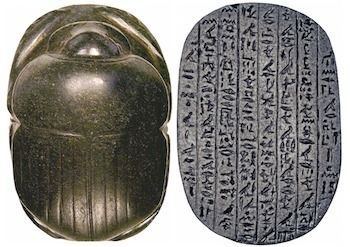
The Heart Scarab and the Winged Scarab
Of all the most well-known forms, one of the scarabs was the heart scarab, which was placed on the chest of the deceased in the process of mummifying. This amulet was supposed to control the heart in the afterlife mainly in the "Weighing of the Heart" procedure, where it gets weighed against the feather of truth. Of course, another popular image was that of the winged scarab, which represented the flight of the soul into the heavens and provided a safe passage into the afterlife.
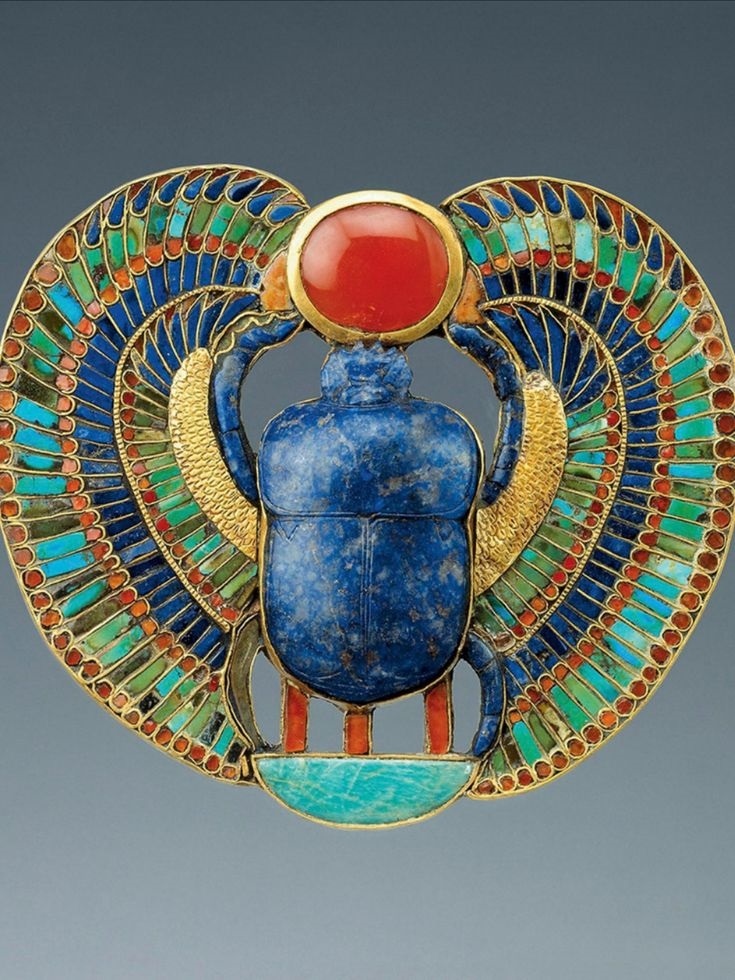
The Scarab's Evolution: An Environmental Role to a Cultural Icon
The scarab beetle is more often referred to as the Egypt beetle and was, in fact, a real insect that played an important role in the environment of Egypt. In fact, though the dung beetle was the model for the ancient Egyptians' sacred scarabs, the species can be found in Egypt today. Though the beetle no longer carries the same religious significance, its symbolic legacy lives on through art, papyrus illustrations, scarab jewelry, and modern representations of ancient Egyptian culture.
The Scarab and Khepri: God of the Rising Sun
The Egyptians connected the scarab most with the god Khepri, the rising sun and creation god. In Egyptian mythology, every morning Khepri, who had a scarab for a head, pushed the sun across the sky just as the scarab rolled its dung. The association of the scarab beetle with a creation god further enhanced the beetle's divine status, further solidifying the insect's role in Egyptian life.
The Ankh and Scarab: Various Symbols of Life and Eternity
In Egyptian iconography, the scarab was primarily associated with the ankh, another most important symbol of eternal life. Both symbols complemented one another in meaning where in the ankh stood for life and immortality, while the scarab symbolized resurrection and the cyclical, ever-renewing process of life. The two together formed one stern message about the Egyptian belief in the afterlife and the divine forces that governed existence.
The Magical Power of the Scarab
For the Egyptians, the scarab was not just an insect flesh and blood; it had supernatural powers. The scarab insect was thought to provide a link between the material and spiritual spheres of life, so much so that it found a special place both in religion as well as daily life. Most of their scarab engravings and talismans bore inscriptions of prayers or other forms of spells to give them more protective and mystical connotations.
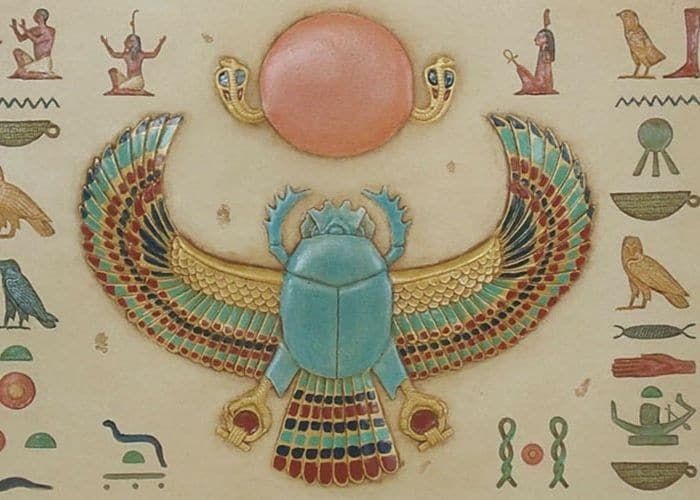
Don't miss this chance to connect with the timeless legacy of Egypt! Browse our scarab collection today and find the perfect piece to add a touch of magic to your life.
The scarab beetle to the ancient Egyptians was more than an insect; it was a sacred sign, paradigmatically standing for their deepest conceptions of creation, rebirth, and protection. Linked with the sun, the god Khepri, or used as a talisman of magic, the scarab continues to be a symbol of ancient Egyptian spirituality, continually intriguing those interested in the rich cultural heritage of Egypt.
